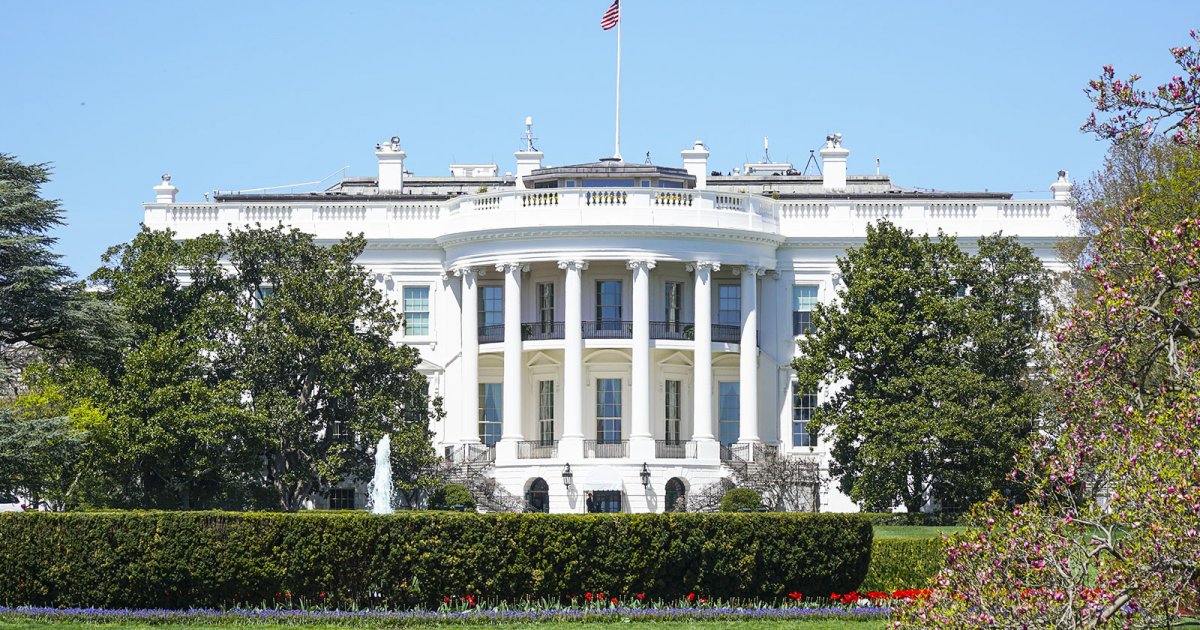WHITE HOUSE, Exterior
 Language: English / USA
Language: English / USA
Hello, my name’s Marcy, and I’m your personal guide. Along with MyWoWo, I’d like to welcome you to one of the wonders of the world: the White House, the official residence of the President of the USA since 1800.
It was commissioned by George Washington, but he died before the building was completed, so the first US President to live here was his successor, John Adams.
The building is in neoclassical style, and is shaped like a large parallelepiped resting on a long base, with two small wings at the center formed by the portico of the north and south entrances. It has undergone numerous alterations and reconstruction work over the years. Thomas Jefferson, who entered the White House a year after Adams, had the colonnades added. Not long afterwards, in 1814, during the Anglo-American War, the White House was set ablaze. Only a few external walls survived the fire. The reconstruction work saw the addition of the famous semi-circular portico, one of the hallmarks of the building.
Changes have, however, been made by every President. Theodore Roosevelt ordered the building of the West Wing, which houses the presidential offices. In the same wing, William Howard Taft had the famous Oval Office built. The East Wing was built during the Second World War, to conceal the work for the construction of the first underground bunkers, completed when the White House was completely rebuilt after the war. In 1945, President Truman had the whole of the interior of the White House dismantled and rebuilt, so that underground safety rooms and tunnels could be added. Did you know that each President has a fund of 100,000 dollars to make changes to the White House? Nixon had a bowling alley added, while Barack Obama chose a basketball court.
Wondering where the White House got its name? The people of Washington started calling it that in 1811, because the granite stone it was built with was whitened using a mix of lime, rice glue, casein and lead. The architect, James Hoban from Ireland, wanted to recreate the white color of the marble of Greek buildings, in perfect neoclassical style. This aspiration was based on a misunderstanding, because Greek and Roman temples were actually very colorful, since the marble was painted. The paint faded over the years, however, and the neoclassical architects were unaware of this.



